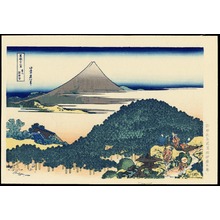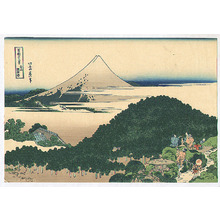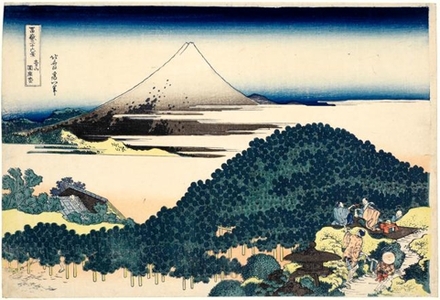Japanese Print "The Cushion Pine at Aoyama in Edo" by Katsushika Hokusai
Artist:Katsushika Hokusai
Title:The Cushion Pine at Aoyama in Edo
Date:c. 1830 - 1834
Details:More information...
Source:Honolulu Museum of Art
Browse all 5,476 prints...
Description:
Hokusai depicts Fuji from the garden of Ryüganji, a Zen temple also famous for its fantastic pine tree. With its enormously outspread branches, the canopy of this tree looks like a gigantic green cushion; thus it was called the Cushion-pine. Some branches were over 42 feet long and could not bear their own weight, so they were supported by stilts. Each branch and its pine needles are executed in minute detail. In front of the pine are picnickers. A father and son walking hand-in-hand climb the hill to where two men are already seated on a rug, enjoying themselves and drinking sake. Ryüanji was located in present-day Harajuku 1-chome, Shibuya ward, a posh center for young people. The Cushion-pine was mentioned in an Edo guidebook. Töto Ichiran Musashikö (Kondö 1966, no. 8). Hokusai's chief intent here is to depict this spectacular tree. By combining Fuji and the Cushion-pine, he appealed to people's interests. He carried this intent throughout the series. The secret of Hokusai's success in the Mount Fuji series is that he combined the beloved mountain with scenes of famous sites people had heard about and wanted to see. The enormous pine could have posed a direct competition to the mountain if seen against Fuji. Hokusai solved this problem by placing the tree off-center in the lower right, so that Fuji's long left flank runs parallel to the long cascading branches. The key-block was printed in blue. (The Asian Art Museum of San Francisco, HOKUSAI AND HIROSHIGE – Great Japanese Prints from the James A. Michener Collection, Honolulu Academy of Arts: The Asian Art Museum of San Francisco, 1998 Page 60. Cat. 11) - - - - - - - - - - - - Hokusai often combined his views of Mount Fuji with depictions of famous places in Edo and stations along the major roads throughout the country. In this way, he was able to appeal to a wider audience who would buy the prints not only because of their views of the volcano, but also as souvenirs for travelers both to and from the capital. In the late Edo period, there was a dramatic increase in the production of travel books and related publications, including woodblock prints, spurred by a growing interest in travel. This print depicts Mount Fuji from the garden of Ryüganji, a Zen temple in modern Shibuya. The temple was famous for its massive pine tree, which had branches so large some of them had to be supported with bamboo stilts. The resulting appearance resembled a gigantic green cushion; thus it was called the Cushion Pine. Hokusai’s fondness for minute details is seen in execution of each branch and its pine needles, and in such features as the legs and broom of a groundskeeper just visible in the lower left. In front of the pine are picnickers enjoying themselves while drinking sake. “Hokusai’s Summit: Thirty-six Views of Mount Fuji” (09/24/2009-01/06/2010) ******************************
Similar Prints
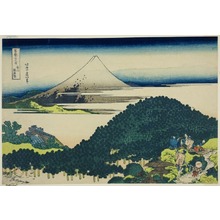
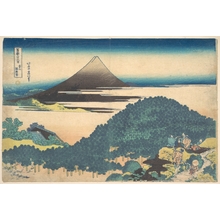
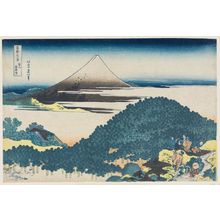
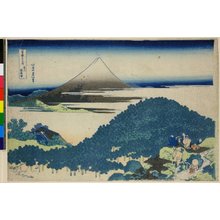
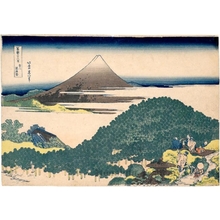


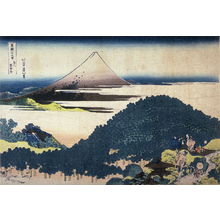
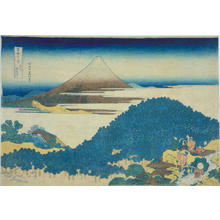
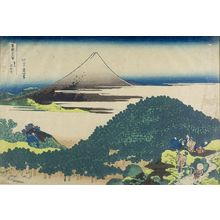
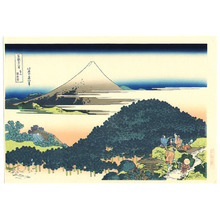
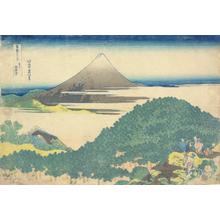
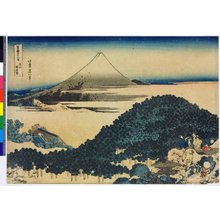
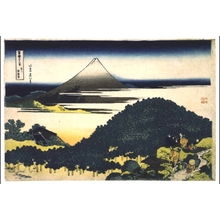

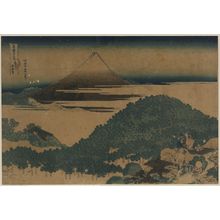
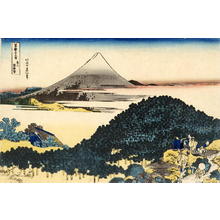
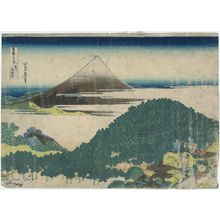
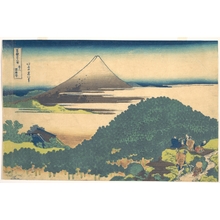
![Aoyama Enza-no-matsu 青山圓座枩 (Cushion Pine at Aoyama [Edo]) / Fugaku sanju-rokkei 冨嶽三十六景 (Thirty-Six Views of Mt Fuji) Japanese Print "Aoyama Enza-no-matsu 青山圓座枩 (Cushion Pine at Aoyama [Edo]) / Fugaku sanju-rokkei 冨嶽三十六景 (Thirty-Six Views of Mt Fuji)" by Katsushika Hokusai, 葛飾北斎 (Katsushika Hokusai (葛飾北斎))](https://data.ukiyo-e.org/bm/thumbs/AN00144038_001_l.jpg)
